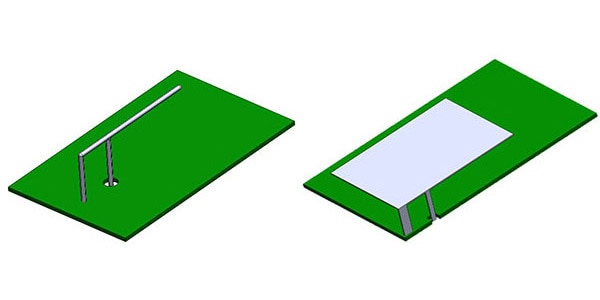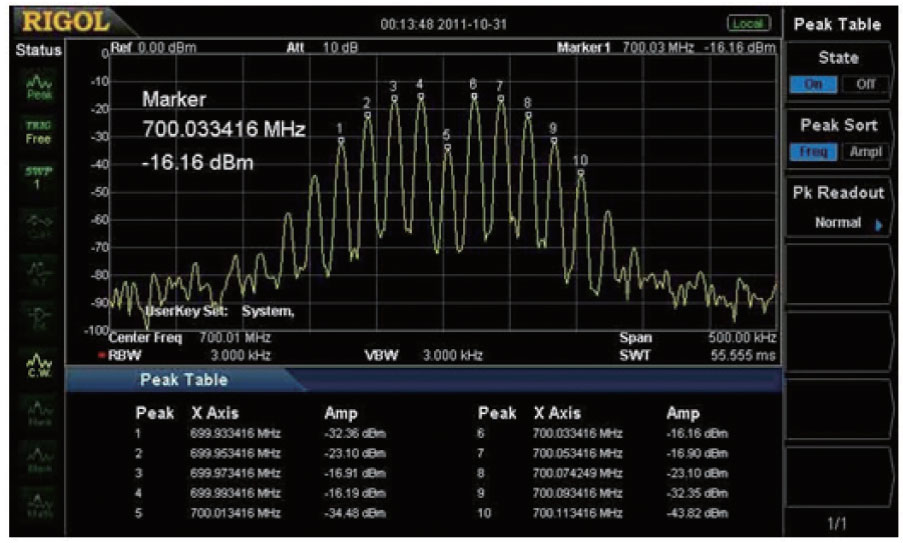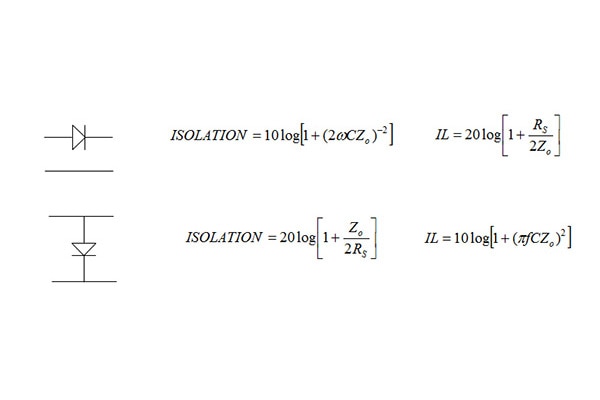Multifunctional MMICs: Integrating Size, Weight, Power and Cost for Next Generation Applications
In today’s competitive marketplace, almost every new project becomes an engineering feat. System designers continue to demand more functionality in a smaller package, all while serving the same or lower cost market. The multifunctional Monolithic Microwave Integrated Circuit (MMIC) was designed in an effort to provide customers with an affordable, highly integrated unit delivering the same reliability and performance from previous single-function MMICs. Engineers are expediting the evolution of MMICs in order to bolster functionality into highly integrated parts which free up space for system designers’ printed circuit boards (PCBs). This trend will not dispel anytime soon; customers will continue to demand optimal size, weight and power (SWaP), leaving the challenge to system engineers and design teams to find that perfect solution.
What is Driving this Change?
This demand does not make single-function MMICs obsolete; they still serve multiple applications across the board and are great for proof of concept. However, many of today’s applications, such as radar and commercial 5G, face size constraints; the pitch for antenna elements in a phased array at 28 GHz, for example, is only 5 mm, which leaves no space for multiple integrated circuits (ICs). The need for higher frequency necessitates multifunction integration as real estate on the PCB becomes scarce.
Picture four single-function MMICs on a PCB versus one multifunctional one. Using single function ICs, solution size is fundamentally limited due to overhead of packaging and external decoupling; within a package, the active device takes only a small percentage of space with the rest being overhead to connect into and out of the package. Today’s technology needs to be continuously advancing its size and performance with each generation. A multifunctional MMIC presents the opportunity to free up extra space on the PCB, making it smaller and easier to fit into different packages to fulfill the application of the customer. This allows for more variation in a smaller package, ultimately providing more development opportunities for the customer.
Multifunctional MMICs will look the same as previous generation single-function MMICs; this single “chip” will serve the same purpose for the customer as previous generation’s MMICs have, with the difference lying in the amount of functions each “chip” is able to serve (Figure 1). Increased space is the product of more precise functionality.

Integration reduces parasitic losses on PCBs. In turn, this reduces the need for excess gain, driving down the total system power consumption. Cost is reduced in the die packaging and by reducing the number of interfaces, the mechanical and thermal reliability—which in many cases drive the total ownership costs—are greatly improved. If the customer requires various functions or more real estate on their board, the new generation of MMICs is ideal.
Driving Total Ownership Cost ↓
Across the industry, companies are migrating to multifunctional MMICs and customers will need to choose their suppliers carefully. The new levels of integration will drive down customer cost; however, differentiated processes will be required to discern functionality and performance.
Following the trend common to all semiconductor markets, integration brings scale and scale brings cost reductions. Non-semiconductor costs such as assembly and test are often more labor intensive and time consuming, and thus scale linearly with the number of discrete components produced. Reducing the number of interfaces reduces the number of assembly steps, and also reduces the number of failure points, thus improving yield and reducing the test vectors required. Additionally, with the interfaces now internal to the multifunction MMIC, the burden of test on the customer is further condensed. Packaging is also more cost effective; including four functions in a single package is almost four times less costly than to divide into four separate packages. In turn, the simplified packaging allows for better thermal characteristics, which reduces the heatsink requirements, resulting in less overall weight.
Depending upon the key performance targets, differentiated processes may be required to achieve optimal functionalities within the multifunction MMIC. Consequently, semiconductor companies with a rich and diverse technology portfolio are justifiably best positioned to offer the most compelling solutions to system designers. Systems designers will benefit from the vendors who can offer mature and qualified variants to achieve the desired performance.

Have questions or comments? Continue the conversation on TechForum, DigiKey's online community and technical resource.
Visit TechForum








